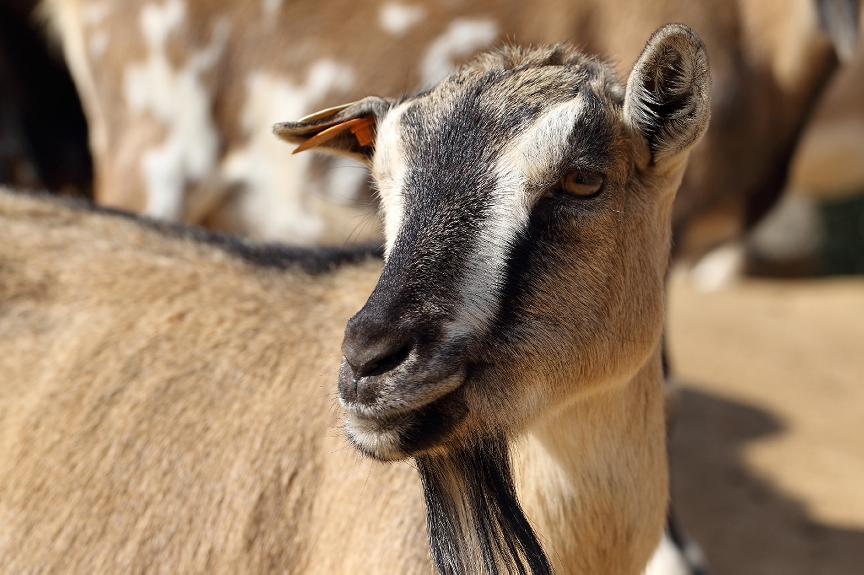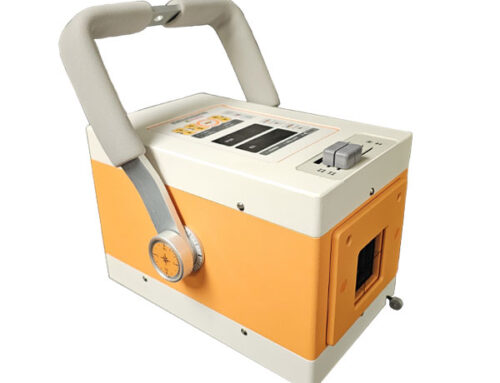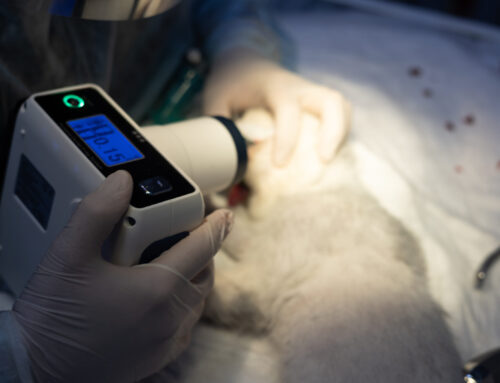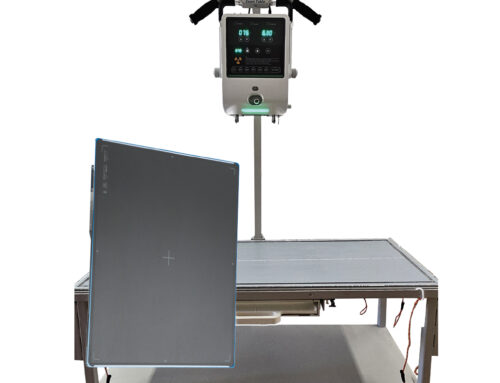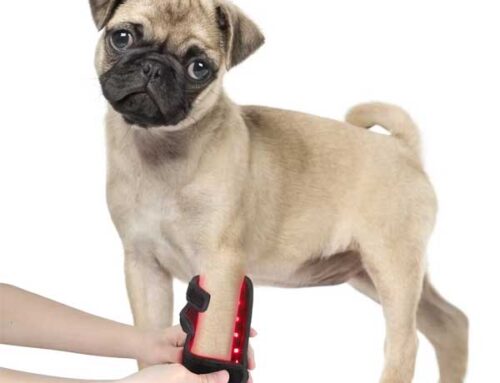Recognizing Illness
Life would be simple if goats could tell us how they feel. In fact they do; not with words but in the way that they behave. Healthy goat behavior is very different from that of a sick goat.
Before you can recognize a sick goat, you need to understand the trademarks of a healthy goat. If it’s a newly purchased animal, you can rely on the breeder’s health certificate. But if the goat has been a member of your herd for some time, you’ll have to look for changes in behavior.
Lack of interest and energy
This is one of the first things you’ll notice. Goats are inquisitive critters; signs of apathy coupled with a lack of energy are sure signs that something is not right.
Slow or sudden loss of appetite
This is a prime signal of ill health; goats are famous for their need to feed. If food indifference goes on, don’t hesitate to seek help. Just be sure they haven’t found their way into the feed bin first.
Tooth grinding
Grinding teeth is a common indicator of distress and/or pain, especially when joined with looking at its flanks.
Temperature deviation
A healthy goat’s temperature is approximately 102-103 degrees Fahrenheit. Consider anything outside of that range worthy of concern. NOTE: A lower temperature can be more serious than one which is slightly higher.
Diarrhea and scouring
Scouring, especially in young kids, should be taken seriously and diagnosed quickly. It may be an early indication of a number of different problems.
Discoloration of urine
Discoloration of urine should be taken seriously. It could be a simple matter of eating something out of the ordinary or it could be a sign of something more serious like a kidney problem. Take note of any unpleasant or unusual smells. More often than not, an antibiotic can clear up problems.
Separating from the herd
Moving away from the herd, when about to kid, is natural. Both older and very young animals may do the same if bullying is an issue. Regardless of the “why,” any goat who elects to move apart should be watched closely.
Difficulty breathing and coughing and/or nasal discharge.
Keep a very close eye on a goat which displays coughing over a sustained period, particularly if accompanied with a nasal discharge. Difficulty in breathing requires immediate attention.
Bloated sides
Sometimes, if goats eat wet grass without having first had the opportunity to fill their rumens with hay, or, if they have been allowed to graze for too long, they can look like they’ve swallowed little balloons. This is an indication that they have not passed accumulated gas from the rumen. Don’t panic–it’s common that the gas will be passed soon. If, however, the goat is showing obvious signs of stress and pain, seek assistance.
Frothing at the mouth
Could be caused by a number of things, ranging from choke to poisoning.
Unusual stance or walk
Any unusual posture or gait needs to be examined thoroughly to determine the cause, followed by appropriate action.
Should any of the above symptoms present themselves and you feel that veterinary assistance is required, then do not hesitate. Yes, a visit from your vet is expensive, but early As we all know veterinary help is expensive but early involvement can often prevent further complications and the prevention of higher bills.
This is the second in an ongoing series. The Pygmy Goat Health series began in February 2017.
Future articles will include tips on feeding, housing, health matters, etc.

